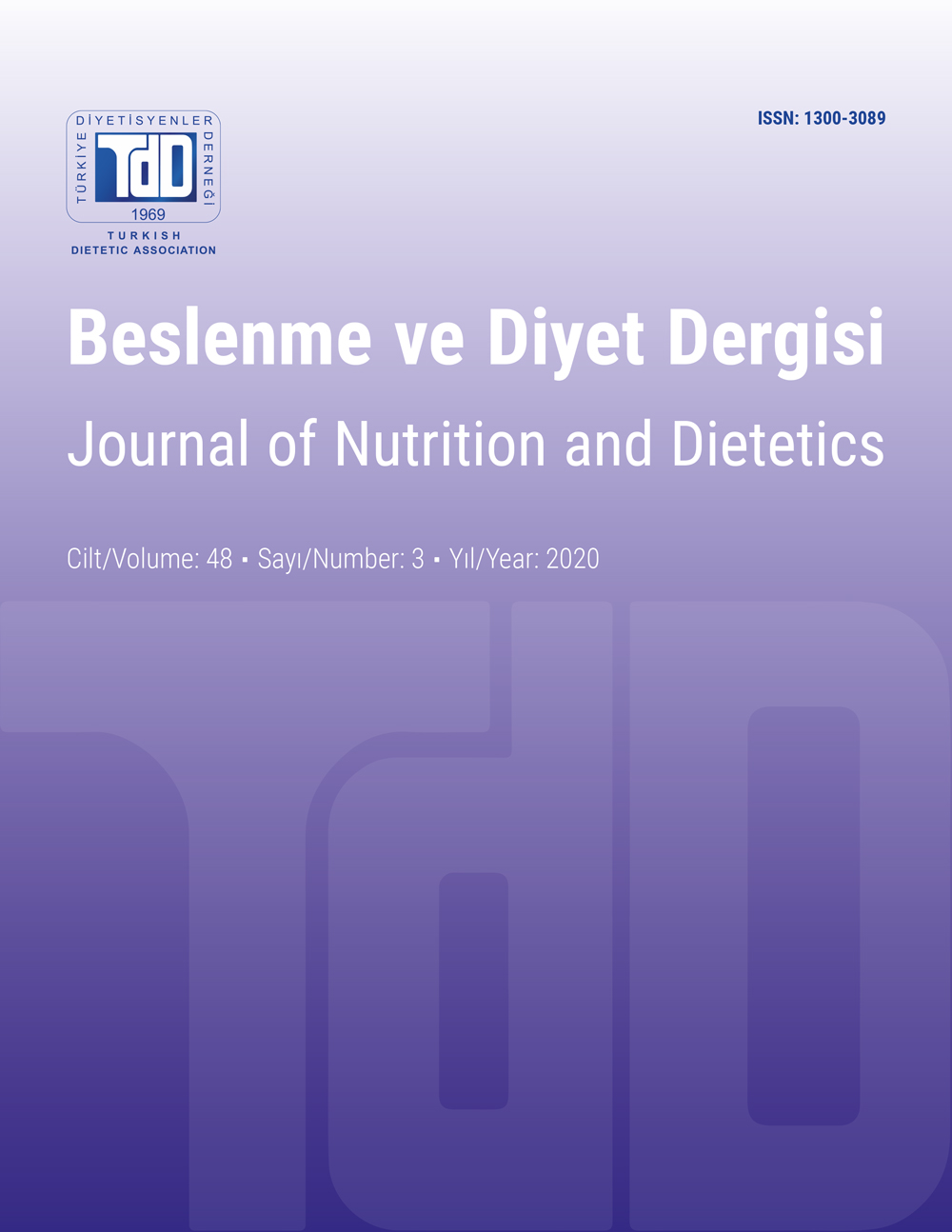Pregestational Diabetes and Fetal Programming
DOI:
https://doi.org/10.33076/2020.BDD.1364Keywords:
Pregestational diabetes, fetal programming, maternal hiperglisemiAbstract
The risk of maternal, fetal and neonatal complications increase in pregnant women with pregestational diabetes. The intrauterine environment contributes to fetal programming from pathways such as changes in gene expression, oxidative stress and epigenetic modification. Fetus facing hyperglycemia during maternal period is a challenging factor for intrauterine environment. Therefore, family planning should be done in individuals with hyperglycemia risk, until glycemic control is achieved in the prenatal period. In the gestational period, the average blood glucose level should be maintained at 100 mg/dL (5.6 mmol/L) and HbA1c <6% in order to minimize fetal risks and pregnancy complications. The effect of fetal programming is closely related to the duration of exposure to environmental conditions in the uterus. The diabetic environment may cause pregnancy loss, restriction of growth, increased risk of preeclampsia and placentomegaly by causing changes in the placenta, which acts as a channel between the mother and fetus. The aim of this review is to provide an overview of the results of fetal programming in pregnant women with pregestational diabetes.

